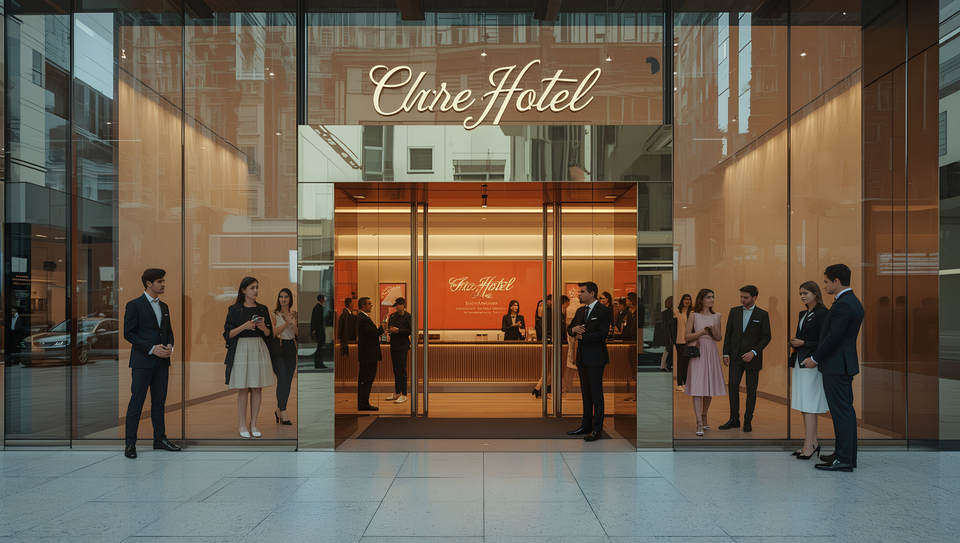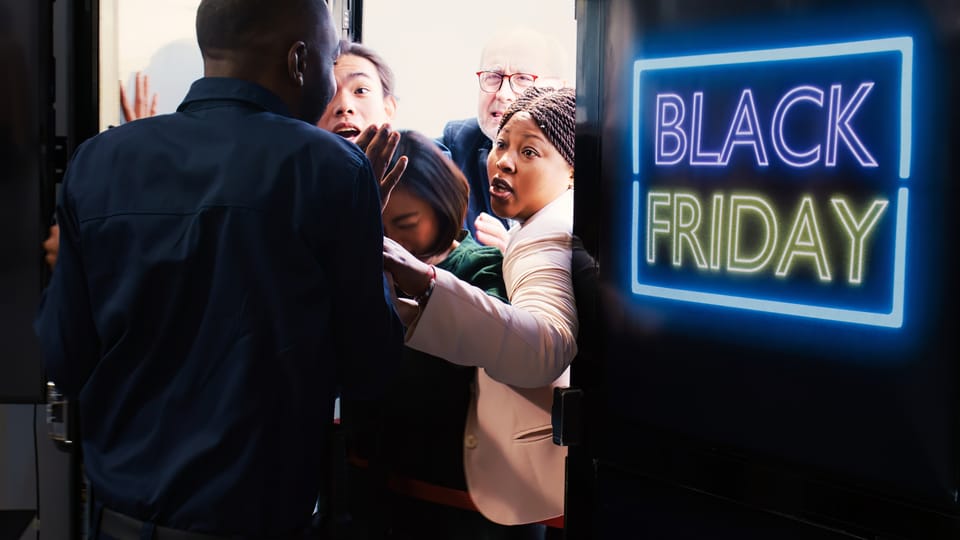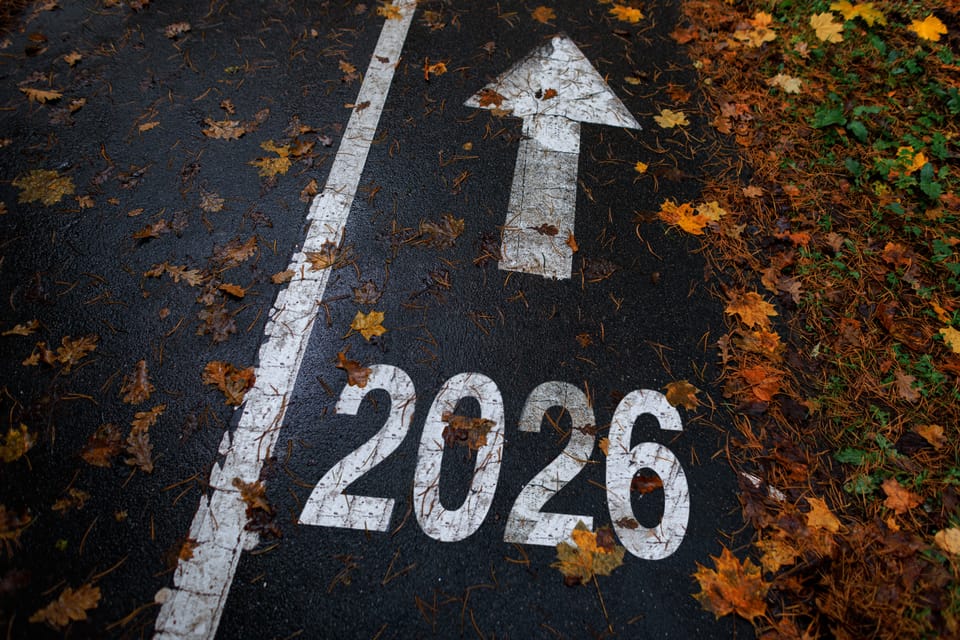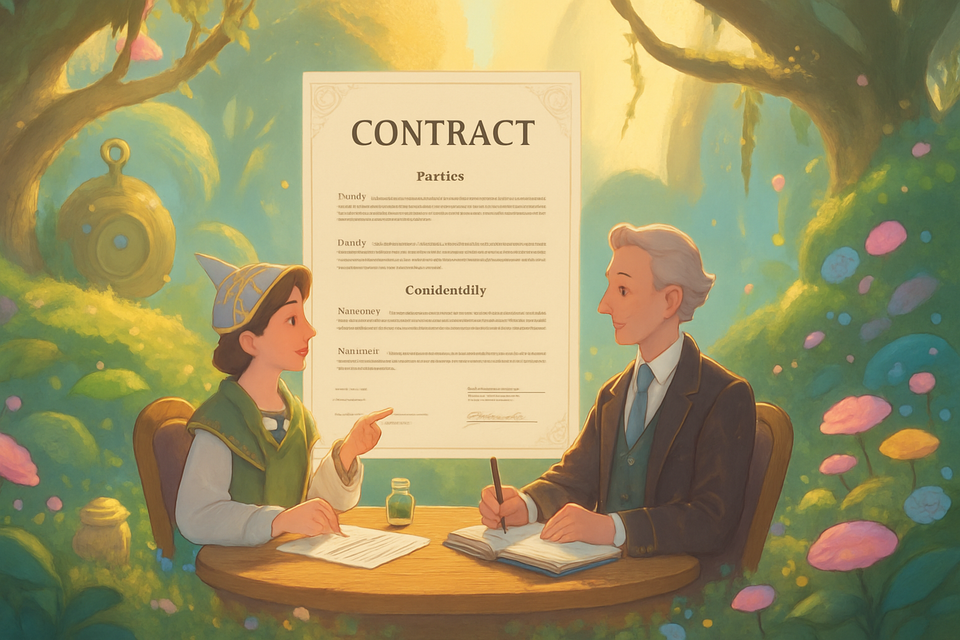The Status Mirage: Why Business Owners Chase Airline Status the Wrong Way, Burning Cash Instead of Optimizing Points (And How to Flip the Script)
Greatest trick the airlines ever pulled: convincing business owners that status is the crown jewel of travel. Those shiny elite cards in your digital wallet? They feel powerful. They unlock upgrades, lounges, priority boarding. They’re also six figures in wasted value every year. Here's why...

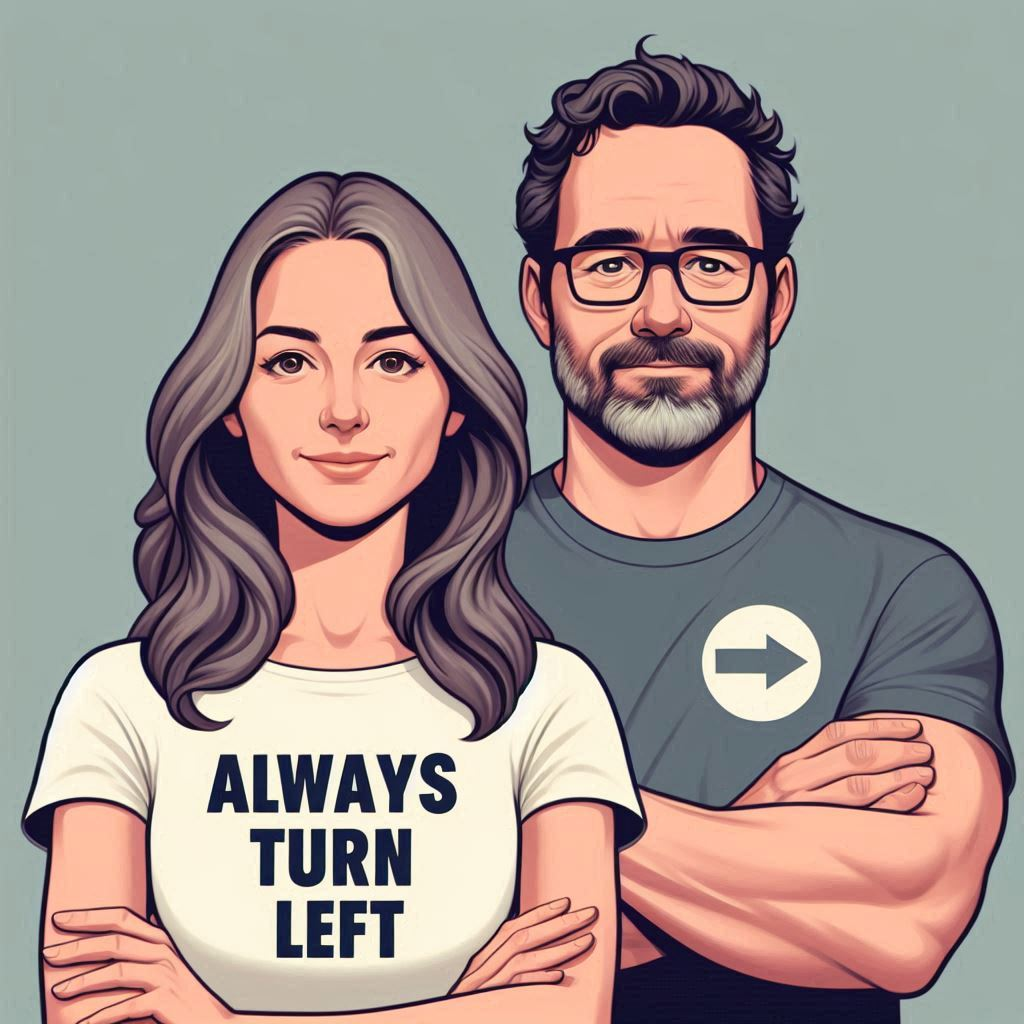
If You Only Had 60 Seconds to Read This Article (Click Here)
Frequent flyer status feels like a trophy, but for most business owners it’s a costly illusion. Chasing elite tiers often means overspending on cash fares, locking into the wrong airline, or ignoring better returns from flexible points. The result: wasted money disguised as “loyalty.”
The smarter play is treating status as a byproduct, not a goal. Focus on optimizing points earnings first - use the right cards, diversify across programs, and measure ROI like any other business investment. If status happens along the way, great. If not, you’re still ahead.
Examples prove it: a $500K-spend company that chased status earned one set of upgrades but lost $20K in potential redemption value; another that optimized points funded a Presidents Club retreat entirely with business class flights. One path strokes ego, the other adds to the bottom line.
Flip the script: stop chasing shiny tiers and start tracking real returns. The true prestige isn’t a fancy luggage tag - it’s being the owner who turns spend into strategic travel leverage, with status showing up as a side effect, not the strategy itself.
Everything else you need to know is just below 👇🏻
🎞️: Powered by NotebookLM @ UpNonStop
Status is a mirage. It’s designed to make you feel like a king while you’re overspending like a fool.
The Seduction of Status
Small and medium-sized business owners love a shortcut. You’re running payroll, fighting fires, juggling clients, and hopping planes. The last thing you want is another spreadsheet. So when an airline whispers: “Just fly with us, and we’ll make you feel special,” you listen.
Status feels clean. One airline. One program. One elite tier. You get a fancy tag on your suitcase, a priority boarding lane, and a “thank you for your loyalty” email that makes you feel like you’ve hacked the system.
But here’s the ugly truth: you didn’t hack the system. The system hacked you.
Airline status isn’t a reward - it’s a trap. It’s a treadmill that looks like an escalator. And every year, more business owners run harder, spend more, and swear they’re winning, when in reality they’re burning cash that could be fueling their growth, funding employee perks, or flying them to actual dream destinations.
Why Airlines Sell the Mirage
Airlines are not stupid. They know exactly how to push your buttons. They don’t advertise the hard math behind loyalty - they advertise the soft feelings.
- Exclusivity: A separate line at the airport.
- Recognition: A gate agent calling your name before boarding.
- Status symbols: Shiny cards, luggage tags, upgrade certificates.
It’s all theater. You feel like an insider. You feel like you’re saving money. But airlines aren’t in the business of giving things away. They’re in the business of making you believe you’re winning while they extract more spend from you than they otherwise would.
Every mile requirement, every revenue threshold, every “you’re so close, just 2,500 more spend to requalify” email - they’re psychological levers. And business owners, juggling a million things, fall for them constantly.
The Real Cost of Chasing Status
Let’s look at the numbers that don’t show up on glossy brochures.
Take United’s Premier 1K, for example. To qualify, you need roughly $18,000 in spend on United flights in a year. Now ask yourself: Would you actually spend $18,000 on airfare if you weren’t chasing 1K?
Most owners wouldn’t. They’d mix and match airlines, find cheaper routes, use points strategically, or even cut trips by leveraging Zoom. But when the lure of 1K is dangled in front of them, suddenly they’re overpaying for direct flights, buying unnecessary premium cabins, or sticking with United even when Delta has a cheaper, faster option.
That’s not optimization. That’s overspending dressed up as loyalty.
The Opportunity Cost
Opportunity cost is where the real pain lives. Let’s walk through an example.
Owner A: The Status Chaser:
- Flies exclusively on Delta to chase Diamond status.
- Spends $20,000 on flights.
- Gets a handful of domestic upgrades, Sky Club access (which they could have purchased outright for $695), and a sense of belonging.
- Total “value” received: maybe $7,000–$8,000.
Owner B: The Strategist:
- Doesn’t chase status. Flies whichever airline offers best value.
- Puts that same $20,000 of flights on an Amex Business Platinum at 5x.
- Earns 100,000 points. Transfers to Air France/KLM Flying Blue for two business class tickets to Paris worth $12,000.
- Uses a $695 lounge membership anyway, no status required.
- Total value: $12,000+ with flexibility.
Owner A thinks they’re ahead because they’re “Diamond.” Owner B actually is ahead, because they’re flying business class to Europe for free while keeping control of their cash.
The Annual Treadmill
Here’s the cruelest part: status resets every year. No matter how hard you hustled in 2025, come January 1, you’re back to zero. That’s the treadmill effect.
Airlines don’t care about your past loyalty. They care about locking in your future spend. And they’ve designed status to expire precisely so you’ll keep chasing.
The treadmill looks like progress. You’re climbing. You’re earning. But really, you’re running in place while burning thousands in opportunity costs.
Why Business Owners Fall Harder Than Anyone
Enterprise companies negotiate bulk discounts. Frequent business travelers on corporate contracts aren’t paying with their own P&L. But business owners? You’re paying with your money. You feel the burn. And because every dollar counts, status feels like a lifeline.
Airlines know this. That’s why their marketing disproportionately targets smaller businesses: “Loyalty pays. Loyalty saves. Loyalty rewards.”
But it doesn’t. Loyalty siphons. Status convinces you to buy the wrong ticket, stick with the wrong airline, or pay more than you should - all while making you feel smarter for doing it.
Examples of the Mirage in Action
The Consultant Trap
A 3-person consultancy in Chicago chases American’s Executive Platinum. They spend $30,000 annually on flights. When asked why, the owner says: “I can’t lose the upgrades.” But when pressed, they admit upgrades clear about 40% of the time. Their “perk” is actually a gamble. For the same $30,000 spent on Amex and Chase cards, they could have earned 400,000 transferable points - enough for six roundtrip business class flights to Europe. Instead, they spent cash and got a lottery ticket.
The Contractor Trap
A regional construction firm spends $250,000 a year on materials, paid mostly by check. They also spend $40,000 a year on flights with one airline to keep Platinum status. Their total status perks in 2024? About $10,000 of soft value. Had they routed the full $290,000 through optimized cards, they’d have earned $25,000–$30,000 in real travel. The chase for Platinum literally cost them $15,000.
The Ego Trap
A law firm partner insists on United 1K. When asked why, he admits: “It just feels good to skip the line.” That “feeling” costs the firm $18,000 annually in lost optimization. The accountants roll their eyes.
The Emotional ROI
This is where things get tricky. Because status does deliver something real: ego value.
Humans like feeling special. Walking into a lounge with a card that says “Diamond” is a dopamine hit. Having your name called before boarding strokes the ego. Airlines understand this perfectly - and they monetize it.
For some, that emotional ROI is worth the overspend. Fine. But at least call it what it is: an expensive ego subscription. Not a financial strategy.
Flipping the Script: The Strategy Engine
So what’s the alternative? How do you escape the treadmill without feeling like you’re giving something up?
- Make Status the Byproduct, Not the Goal
If you fly enough naturally, you’ll get status anyway. Great. Use it. But don’t distort behavior to chase it. - Shift Loyalty From Airlines to Banks
Amex, Chase, Capital One - they’re the true power centers. Their points are flexible, transferable, and hedge against devaluation. - Buy the Perks You Want
Lounges? $600–$700 a year. Priority boarding? Comes free with most premium cards. Bags? $35. Why spend $15K–$20K chasing a perk you could just buy outright? - Run the ROI Math on Every Dollar
Treat business spend like investment capital. Every $100,000 in card-optimized spend should yield $8,000–$15,000 in real travel. That’s a portfolio, not a hobby. - Turn Points Into Culture
Use redemptions strategically: reward employees, host retreats, fund Presidents Club trips. Don’t let points sit idle - make them fuel growth and morale.
Concrete Redemption Wins
- Asia Play: $8,000 in retail flights from New York to Tokyo in ANA business class redeemed for 180,000 Amex points.
- Europe Play: $6,000 retail JFK–Paris business flights for 120,000 Chase points transferred to Air France.
- Hotel Play: 5 nights at the Park Hyatt Sydney worth $6,500 for 150,000 points.
These are guaranteed wins. They don’t depend on an airline deciding you’re worthy of an upgrade. They’re controlled by you.
Why Strategy Beats Status Every Time
Status Chasing:
- Annual re-qualification required.
- ROI locked to one airline.
- Perks inconsistent and shrinking.
- Costs $15K–$20K in distorted spend.
Strategy Optimizing:
- Compounding points across multiple banks.
- Guaranteed redemptions at 5–20% ROI.
- Flexibility across airlines and hotels.
- Builds a sustainable travel engine.
Final Thoughts: The Status Mirage
Airline status is like quicksand - it looks solid, but step into it and it’ll swallow your budget whole. It makes you feel good, but it doesn’t make you money.
The smart business owner stops chasing, starts optimizing, and turns every dollar of business spend into a weapon.
Because status makes you feel like a VIP. Strategy makes you one.

